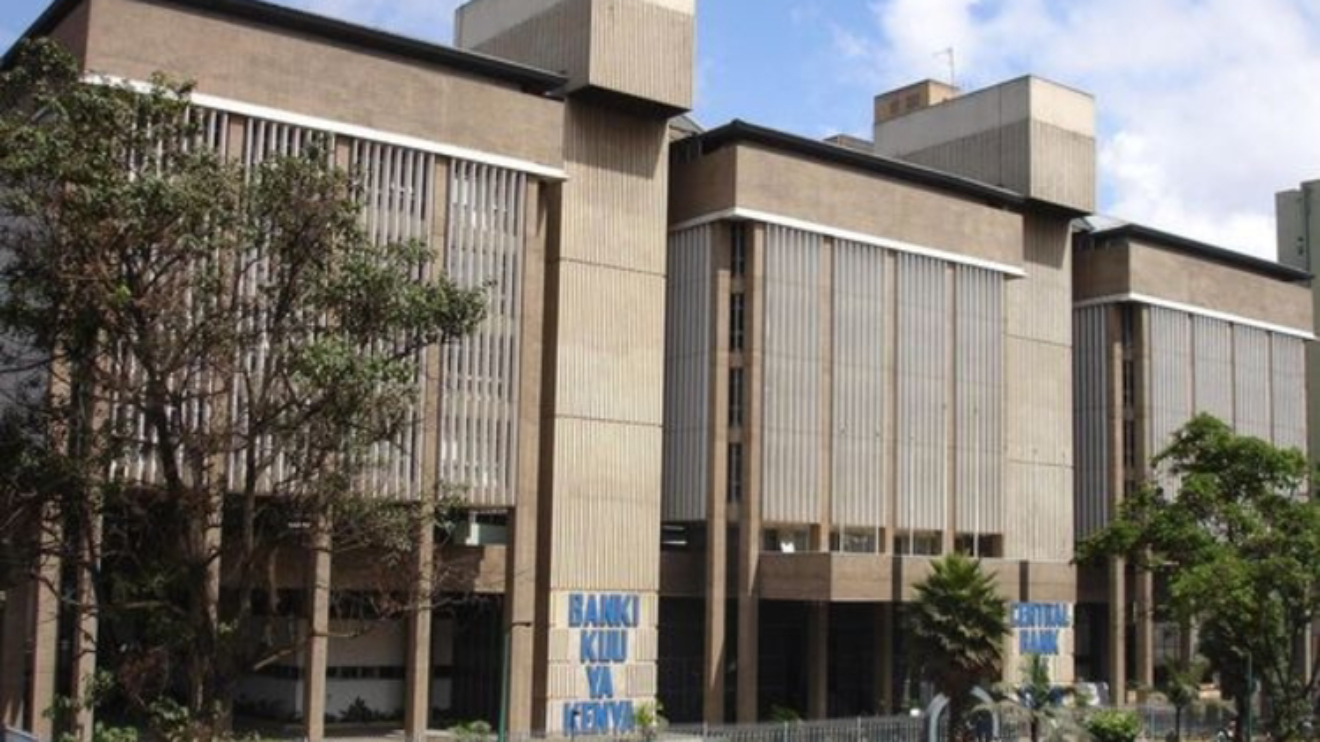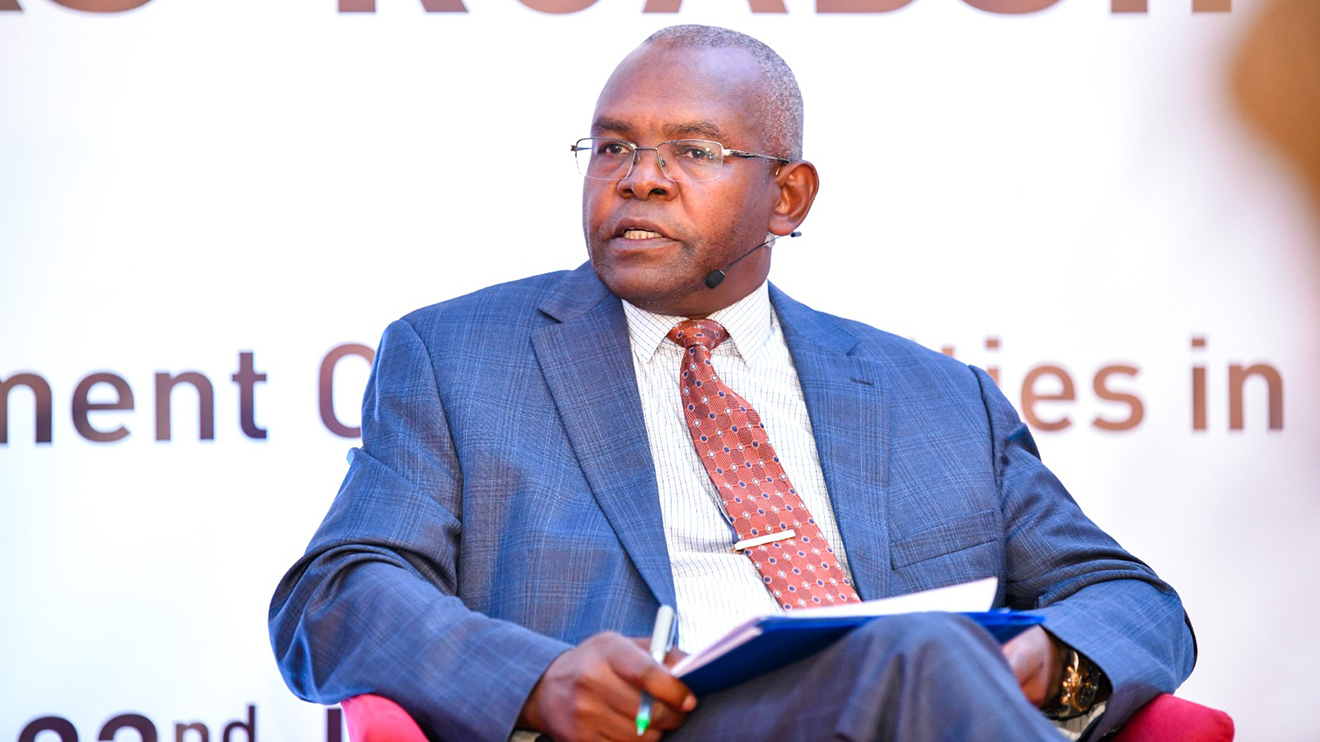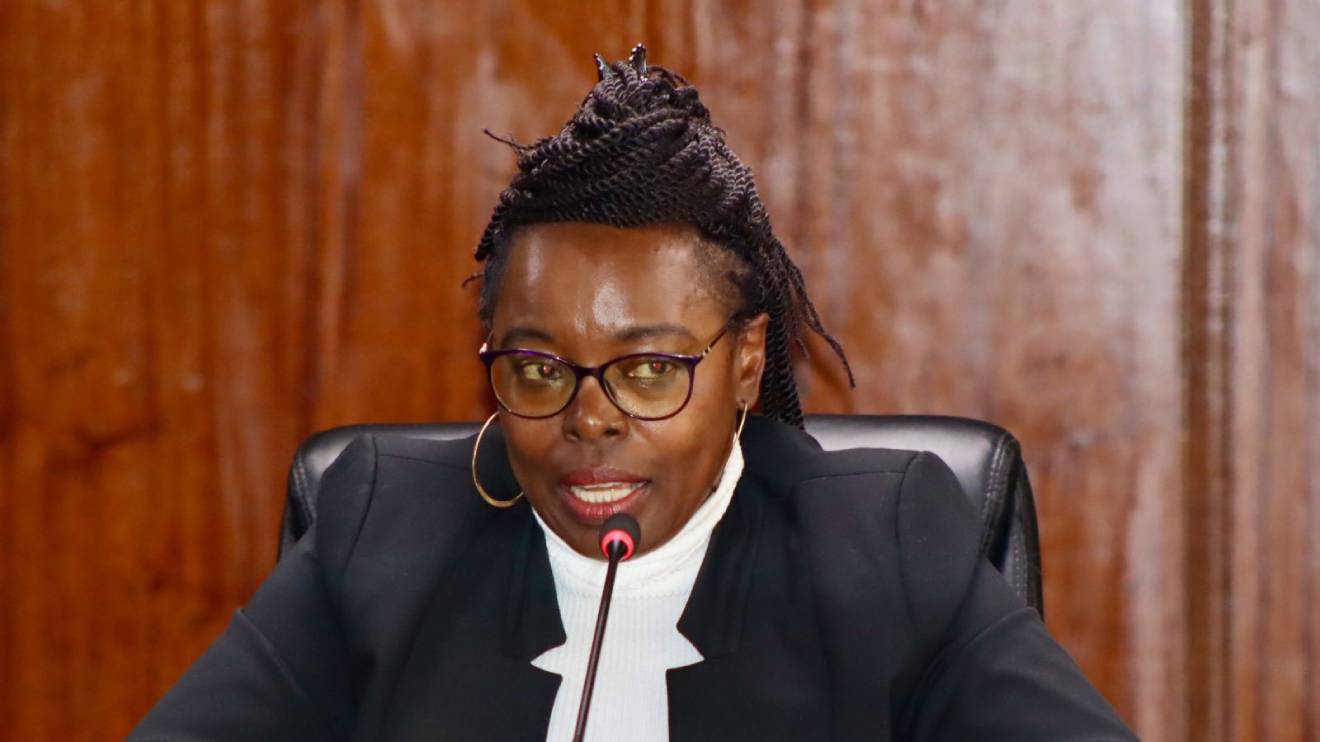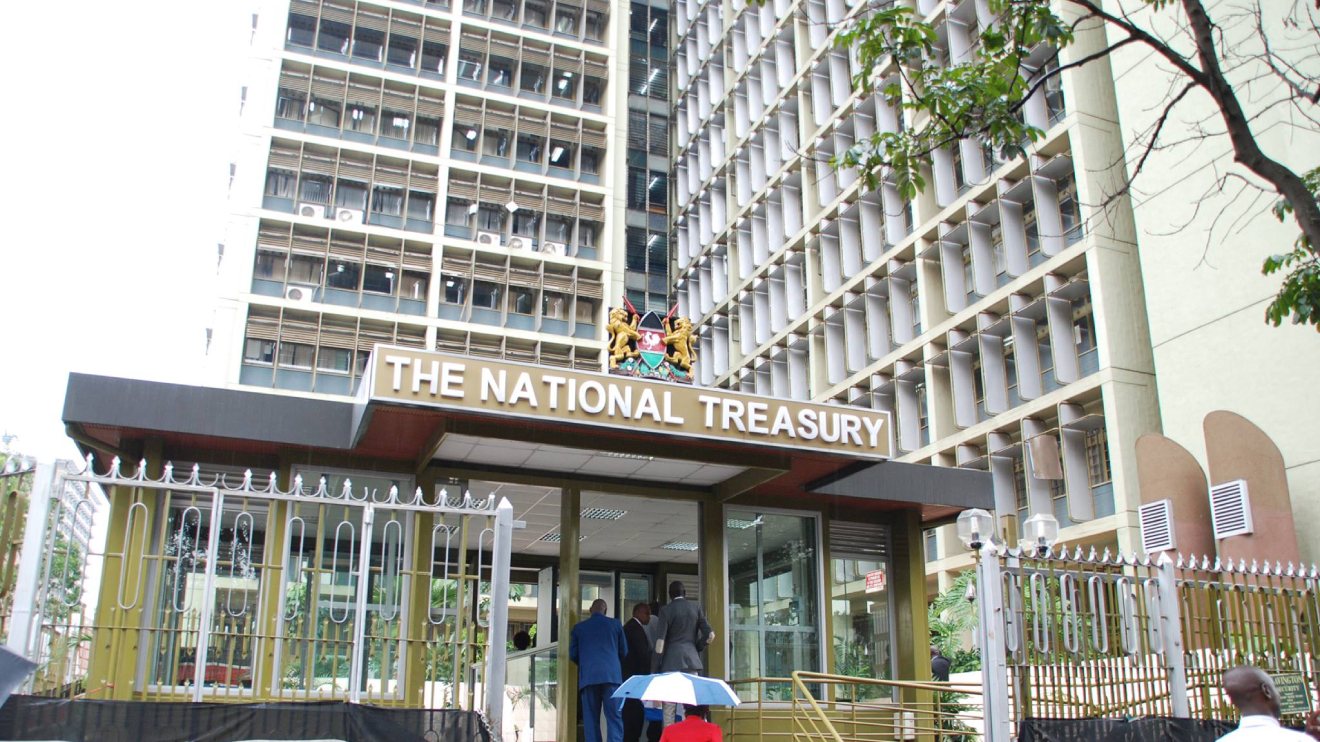Sweeping changes to Kenya’s credit pricing system are now underway following the Central Bank of Kenya’s decision to adopt the interbank rate as the primary benchmark for determining lending rates, abandoning its earlier preference for the Central Bank Rate (CBR).
The announcement follows a series of consultations with players in the financial sector who raised concerns over the practicality of the earlier framework.
The regulator has released a revised version of its Risk-Based Credit Pricing Model (RBCPM), reshaping the country’s lending landscape three months after its initial proposal dated April 23, 2025.
Among the most consequential adjustments is the switch to “the Interbank Rate compounded in arrears as the benchmark for loan pricing,” which replaces the initially proposed CBR.
According to the CBK, the move aligns Kenya’s system with global standards such as the Secured Overnight Financing Rate (SOFR) used in the United States and the Sterling Overnight Index Average (SONIA) in the United Kingdom.
Read More
The revised framework introduces a structure where the final lending rate will now comprise the interbank rate, an added premium identified as “K”, and other associated fees.
The premium, as outlined, will encompass “a bank’s operational costs, expected return to shareholders, and the borrower’s risk profile,” determined through a detailed credit-scoring methodology.
These factors will be publicly disclosed via the Total Cost of Credit (TCC) website and also submitted to the CBK.
The decision follows feedback from 45 different stakeholders, including 13 commercial banks, global institutions like the International Monetary Fund (IMF) and the European Bank for Reconstruction and Development (EBRD), and local bodies such as the Kenya Bankers Association (KBA) and the Kenya Association of Manufacturers (KAM), in addition to other non-bank institutions, consultants, and private individuals.
“In light of the feedback, CBK has made several amendments to the initial proposal to enhance clarity and alignment with market conditions,” read part of a circular issued by Matu Mugo, Director of Bank Supervision.
The document, addressed to bank executives and mortgage finance companies, added, “The purpose of this letter is to forward the attached revised consultative paper for your review and comment.”
Some of the most contentious points in the original proposal revolved around the use of the CBR as a benchmark.
Banks contended that the CBR did not truly represent their cost of funds, which are predominantly determined by interest paid on deposits and long-term borrowings. Another sticking point was the suggestion to make public certain cost breakdowns that banks considered commercially sensitive.
Institutions also flagged the originally proposed three-month transition period as unworkable.
Acknowledging these challenges, CBK has now approved a six-month window for full implementation. Within the first three months, banks are expected to develop and secure board-level approval for their individual risk-based pricing models.
The following three months will be dedicated to the actual rollout of the systems.
Certain categories of credit will be exempt from the revised model due to their unique structures.
These include foreign currency-denominated loans, digital lending products, Islamic banking products, credit card loans, and staff loans.
The CBK has further committed to upgrading the Total Cost of Credit website, which was launched in 2017 to improve transparency.
While the site has made borrowing costs more accessible to the public, feedback from users, especially those accessing it via mobile phones, has prompted the regulator to initiate improvements.
The planned revamp aims to enhance user experience and better reflect the functionalities needed under the new model.
With these reforms, the CBK appears keen on reinforcing prudential discipline in credit pricing, while also boosting transparency and consumer protection in Kenya’s banking sector.







